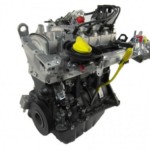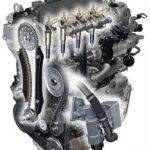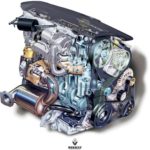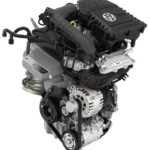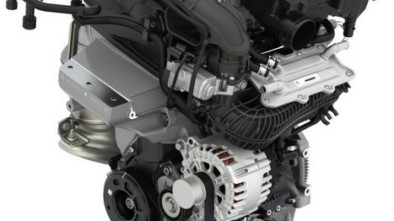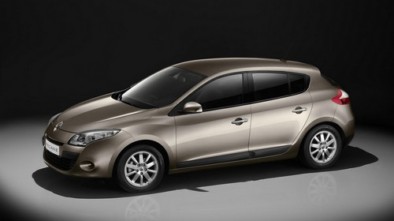Renault 1.4 8V / 16V engine

Renault 1.4
Renault cars are enjoying great popularity in the secondary market. After selecting the desired model, the selection of the drive unit should be considered. If you are looking for a compromise between good dynamics and moderate fuel consumption, the candidate becomes a unit with a capacity of 1,4 liters.
K-type family engines first appeared behind the hood of a Renault car in 1997. The four-cylinder engine is an improved and updated version of the previous generation of the E-type engine and offered (like its predecessor) in two versions - eight valves with 75 hp and a model with sixteen valves with 98 hp - eight French horses. weakened version with 2003 Ks). These units can be found in Clio II, Thalia, Megane I and II, Scenic, Modus and Kangoo . The 1.4 8v engine is used in the first generation Dacia Logan and Sandero.
In economic terms, with both 1,4 engine variants, the average fuel consumption varies between 6,5 and 8.5 liters. A huge difference in favor of a sixteen-valve engine will be felt as you press the accelerator pedal to the floor - acceleration is on average about two seconds better than with the weaker variant. An additional advantage of the stronger variant is also better behavior with higher vehicle load and frequent use of air conditioning services. In the Megane and Thalia 1.4 models, the engines usually find stronger engines. For lovers TNG , we have good news - the unit tolerates work with sequential gas installation.
1.4 8V motor - the only drawback of this unit is the mechanical adjustment of the valve clearance, which in the case of gas operation should be carried out every 45000 km - in the meantime check the window at least once. It is neither expensive nor time consuming. Improper inspection of the valve clearance can lead to rapid damage to the valve seat. The 1.4 16V motor has hydraulic valve lifters, so there are no problems with valve tuning.
Malfunctions
The 1.4 75 / 98HP engine is not at high risk. Serious and costly mistakes are practically non-existent. A weaker eighth valve unit, however, is considered much more stable. 1.4 engines have problems mainly with oil leakage, there are rarely cases of rupture of the exhaust branch. With 16V motors, the weak point to consider are the ignition cables, this applies to motors with Sagem coils installed, replaced with Denso elements, this will solve the problem.
Typical failures include problems with the anchor and water pump leaks. Engines from the beginning of production may have problems with the rupture of the toothed belt, but the issue was quickly resolved by replacing the defective bearing. For the sake of peace, it is worth replacing the belts immediately after the purchase, taking care to avoid unpleasant surprises. It is also good to check rubber seals that can generate leaks. There is a frequent malfunction of the gas position sensor, which is unfortunately placed in a location prone to floods - a sign of uneven engine idling.
Is it worth investing in 1.4 engine?
Due to the simple construction and relatively low maintenance costs, the possible repair of the 1.4 8v / 16v motor is a very interesting proposal. The obvious advantage of the unit is its availability in a fairly wide range of models. The engine is also not a mystery for car mechanics, so every visit to the workshop should go smoothly. Due to the large offer on the secondary market, finding a good engine should not be difficult, and during the inspection of the quiet main, you can focus on the condition of the model's body and suspension.
Recommendation of similar texts:

Hi there, I am Mladen and I am an auto enthusiast. I started this blog years ago to help like minded people share information about latest cars, car servicing ideas, used car info, exotic cars, and auto technology. You will find helpful articles and videos on a wide variety of cars - Audi, Mercedes, Toyota, Porsche, Volvo, BMW and much more. Ping us if you have anything cool to share on latest cars or on how to make older cars more efficient, or just want to say hi!

